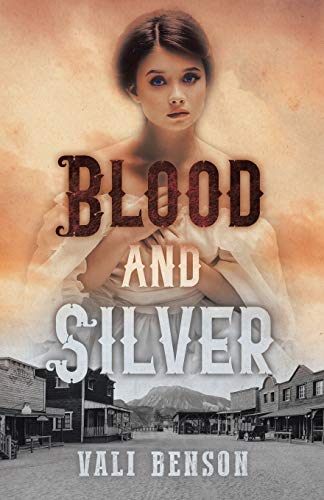Blood and Silver
Fate has dealt twelve-year-old Carissa Beaumont a bad hand. After cholera claimed her father and brother in 1876, laudanum sank its hooks into her mother. Lisette, once a lovely, privileged young wife and mother, is now a down-on-her-luck addicted prostitute at the mercy of Miss Lucille, the ruthless madam who is carting Carissa and the debilitated Lisette to Tombstone, where they will work to pay off their endless debt.
Too young to be put to work in the brothel, Carissa has been cooking, cleaning, and laundering for Lucille. But she is determined to somehow find paid work and purchase freedom for herself and her mother.
And when she arrives in Tombstone, fate once again intervenes. The doctor who is called to tend to the now desperately ill Lisette sees the beauty she once was and the promise in her young daughter, and enlists the help of China Mary, the Chinese strongwoman at whose feet Tombstone trembles. Mary provides the grateful Carissa with the gradually decreasing doses of laudanum that will wean Lisette off the drug and restore her health. The friendship that blooms between Carissa and China Mary sees Carissa into paid, respectable work. It also sees justice of a Tombstone sort done and accounts settled.
Author Vali Benson has done her homework, and the story’s historical details take the reader deep into Carissa’s new, rough-and-tumble world. Though the omniscient narrator gets heavy on explanation and interpretation and the text could use some line editing, the storyline is strong and clear, its bedrock the author’s understanding that an untenable life can lead anyone, especially a desperate young woman, to take heroic—if reckless—action when life is on the line and escape is the only option.
Written for young adults, Blood and Silver promises tension, violence, struggle, and retribution. And Benson delivers.










